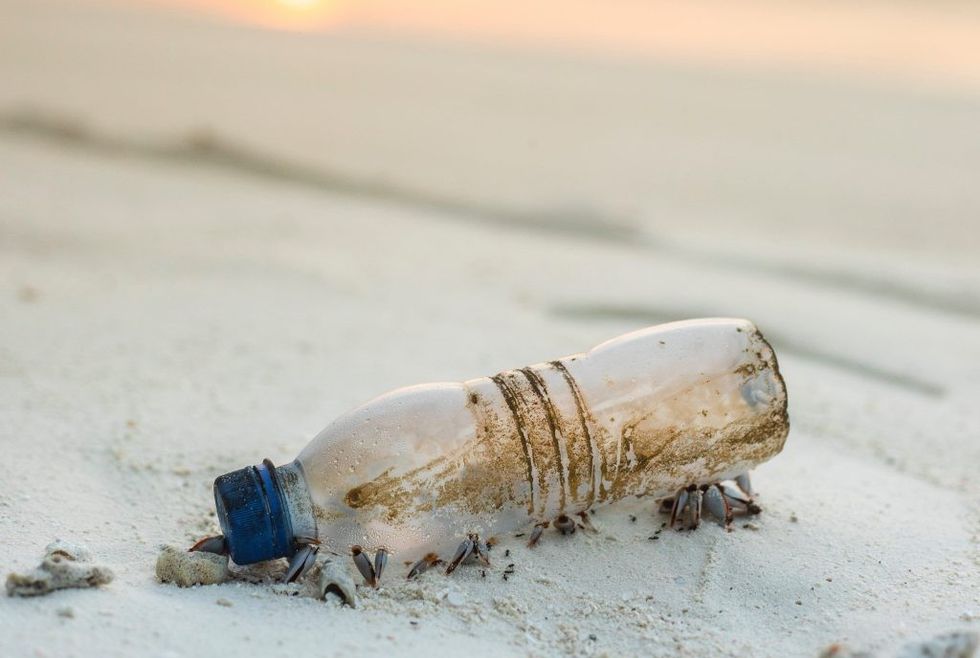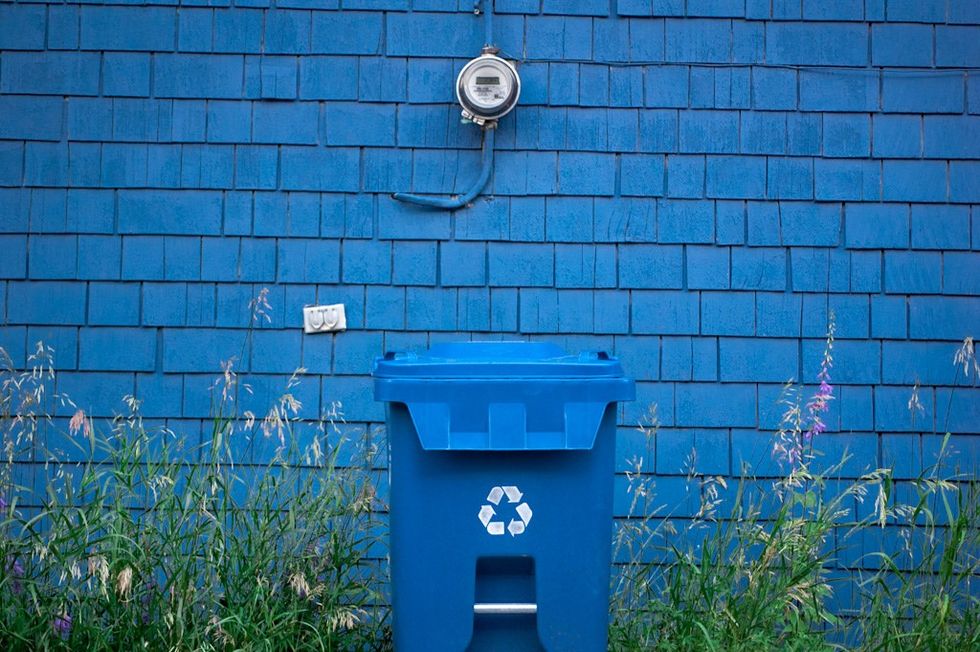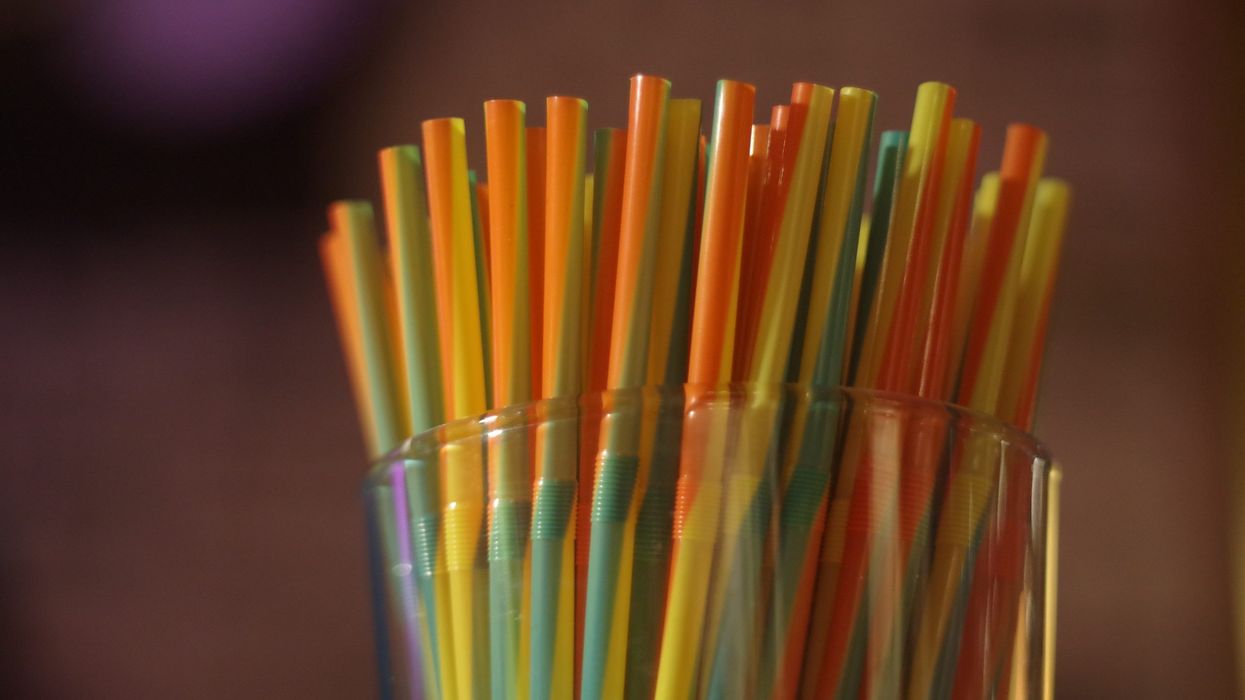The waste in Ontario landfills is becoming a problem, but the provincial government is offering a solution to reduce it: ban single-use plastics.
The government recently announced they are open to this idea, following their release of a discussion paper, which looks at effective ways to reduce litter and waste.
READ: Toronto’s First Package-Free Store: Prepare To Go Bare
“Plastics is a priority from our government's point of view, particularly as we talk about plastics in our waterways,” Environment Minister Rod Phillips said in an interview with the Canadian Press.
The paper estimates that almost 10,000 tonnes of plastic lands in our Great Lakes each year, and previous research found that this is equal to or greater than the reported amount that ends up in the ocean.

According to Chelsea Rochman, assistant professor of ecology and evolutionary biology at the University of Toronto, microplastics have been found in nearly all fish caught in Lake Ontario, Superior, and Huron.
“Toxicity tests show that microplastics can be harmful to wildlife, impacting growth, feeding behaviour, survival and reproduction,” Rochman said last year.
READ: Torontonians Love Where They Live, According To Study
Plastic in waterways isn't the only problem. Landfills are filling up fast, too.
Each person in Ontario produces nearly one tonne of waste per year, and 70 per cent of that waste ends up in landfills, the discussion paper reports. At this rate, Ontario landfills only have the capacity to hold an estimated 10 to 20 more years of waste.

While Ontario’s Blue Box recycling program helps to reduce plastic waste, it only recovers roughly 28 per cent of all plastic packaging. In their paper, the government said, “We can and should be doing better.”
On top of considering the ban of single-use plastics, the Ontario government is looking into imposing a deposit-return system for plastic bottles. This would likely be similar to the current beer bottle recycling system.
READ: 14 Little Changes To Save You Money And Make Your Home More Eco-Friendly
Some companies in Canada have already started to make changes to be more eco-friendly. In 2018, A&W Canada became the first franchise in North America to discontinue the use of plastic straws. That same year, Starbucks introduced strawless lids and vowed to get rid of their iconic green straws worldwide by 2020.
If the Ontario government decides to ban single-use plastics, this could bring big changes to some people’s daily life. Here’s a list of the major items in your home you’ll need to stop using, and their eco-friendly alternatives.
1. Plastic Grocery Bags
Eco-friendly alternatives: canvas or cotton bags, cardboard boxes, backpack, reusable paper bags
2. Plastic Wrap
Eco-friendly alternatives: beeswax wraps, bowl covers, silicone lids, reusable cloth bags
3. Plastic Water Bottles
Eco-friendly alternatives: paper water bottles (they exist!),mason jars, reusable water bottles
4. Plastic Cutlery
Eco-friendly alternatives: compostable cutlery such as Bambu or Plantware
5. Plastic Straws
Eco-friendly alternatives: straws made of paper, steel, bamboo, or glass, or strawless cups
6. Plastic Take-Out Containers
Eco-friendly alternatives: cloth food sacks, glass containers, canning jars, silicone containers
7. Plastic Cups
Eco-friendly alternatives: paper cups, travel mugs, biodegradable cups such as Green Munch or Sustainable Earth by Staples





















